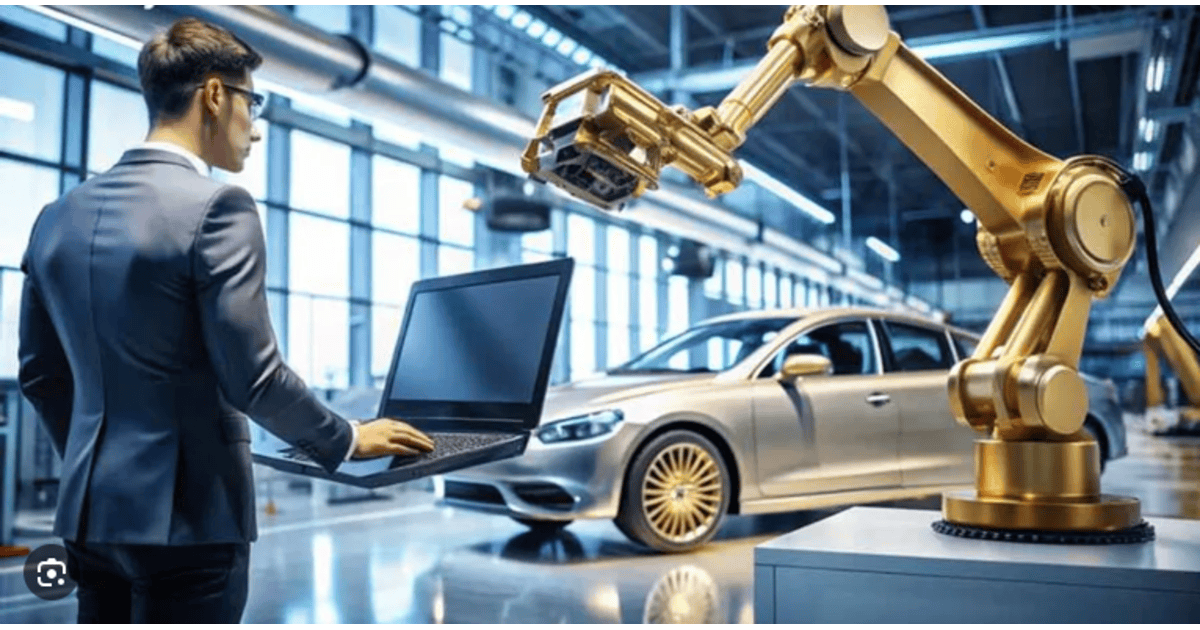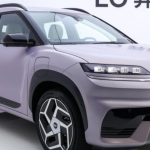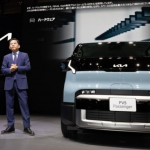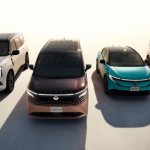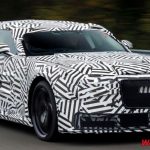Auto Innovations 2025:
The automotive industry is undergoing a remarkable transformation as it moves towards a future powered by technology, sustainability, and innovative designs. As we look ahead, the cars of tomorrow will not only be faster and more efficient but will also offer new ways to interact with the world around us. Here’s a comprehensive look at some of the key innovations that are shaping the future of transportation:
1. Electric Vehicles (EVs) and Beyond
Electric vehicles have already made a significant impact, but the evolution of EVs is far from over. Key advancements in this area include:
- Battery Technology: With companies developing solid-state batteries and faster charging technologies, the range and charging time of electric vehicles will continue to improve, making them even more convenient for everyday use.
- Wireless Charging: Imagine driving your electric car into a parking spot, and it charges wirelessly without needing to plug in. This concept is slowly becoming a reality, and it could revolutionize how we think about recharging.
- Charging Infrastructure: Increased investments in charging stations, especially fast-charging networks, will ease the adoption of EVs globally, allowing them to travel longer distances without the fear of running out of power.
2. Autonomous Vehicles
Self-driving cars are no longer a futuristic dream—they are becoming a practical reality. Companies like Tesla, Waymo, and others are advancing their autonomous technologies, including:
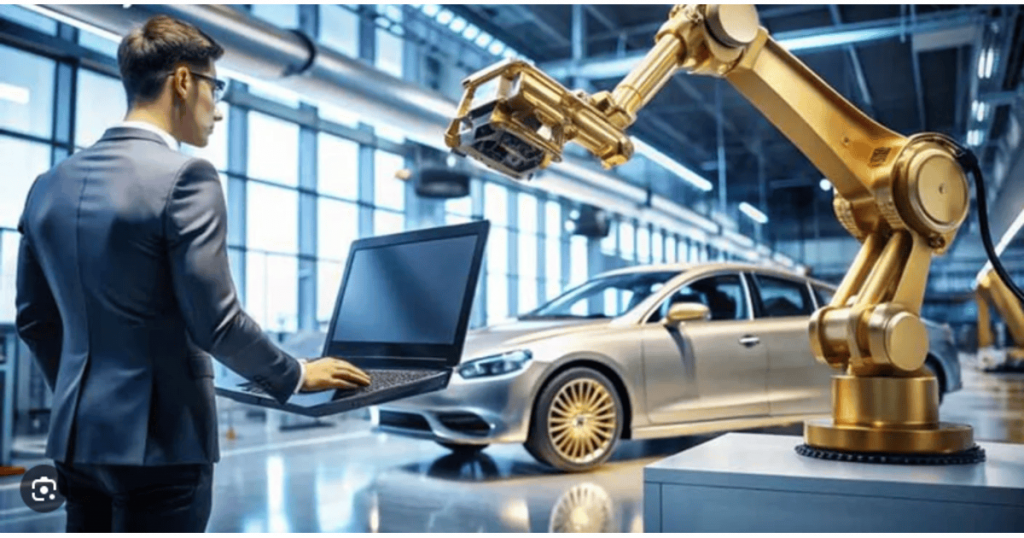
- AI and Machine Learning: Autonomous cars use advanced algorithms to process data from cameras, sensors, and radar systems. These technologies allow vehicles to make real-time decisions and navigate roads without human input.
- V2X Communication: Vehicle-to-everything (V2X) technology will allow cars to communicate with other vehicles, pedestrians, traffic signals, and road infrastructure to prevent accidents, improve traffic flow, and enhance safety.
- Ethical and Regulatory Issues: As we move towards fully autonomous vehicles, there will be ethical challenges regarding decision-making, liability, and regulation. Striking the right balance between safety and innovation will be key.
3. Connected Vehicles
The concept of connected cars is rapidly becoming a norm. These vehicles are equipped with the ability to connect to the internet, other cars, and surrounding infrastructure, offering multiple benefits:
- Infotainment Systems: Expect more intuitive and immersive in-car experiences with augmented reality dashboards, smart assistants, and voice controls integrated into vehicles.
- Over-the-Air (OTA) Updates: Car manufacturers will continue to implement software updates remotely, meaning owners won’t need to go to a service center for upgrades or fixes. This enhances the convenience and longevity of a vehicle.
- Telematics: Data collected from vehicles (e.g., engine performance, tire pressure, driving habits) will help manufacturers and owners better understand the car’s condition and ensure better maintenance.
4. Sustainability and Eco-Friendly Features
The focus on sustainability will continue to play a crucial role in shaping the future of cars:
- Carbon Neutral Manufacturing: Automakers are increasingly looking at reducing the carbon footprint not just of their products but throughout the entire manufacturing process. This includes using renewable energy, sustainable materials, and reducing waste.
- Alternative Fuels: Beyond electric cars, innovations in hydrogen fuel cells and biofuels are also becoming important. Hydrogen-powered vehicles produce only water as a byproduct, making them a clean alternative to gasoline.
- Recyclable and Renewable Materials: In the quest to reduce environmental impact, automakers are experimenting with biodegradable, recyclable, and renewable materials in vehicle construction.
5. Next-Gen Design and Materials
The cars of tomorrow will be lighter, stronger, and more efficient due to advances in materials science:

- Lightweight Materials: Carbon fiber, aluminum, and composite materials will replace traditional metals to reduce weight and improve energy efficiency. This also leads to better acceleration, handling, and overall performance.
- 3D Printing: Automakers are exploring 3D printing for rapid prototyping and even for producing vehicle parts. This could reduce costs and lead times for manufacturing and repair.
6. Enhanced Safety Features
Safety has always been a top priority, and future vehicles will incorporate cutting-edge technologies to ensure passengers and pedestrians are better protected:
- Active Safety Features: Future cars will have features like automatic emergency braking, lane-keeping assistance, adaptive cruise control, and pedestrian detection that will help prevent accidents before they happen.
- Driver Monitoring Systems: These systems will track a driver’s attention levels and alertness, making it more difficult for drivers to be distracted or drowsy on the road.
- Crash Avoidance Technology: Innovations such as airbags that inflate around the entire cabin, enhanced crumple zones, and external airbags could further reduce the risk of injury in the event of a crash.
7. Mobility as a Service (MaaS)
The future of transportation will not just be about owning a car but also about accessing it as a service:
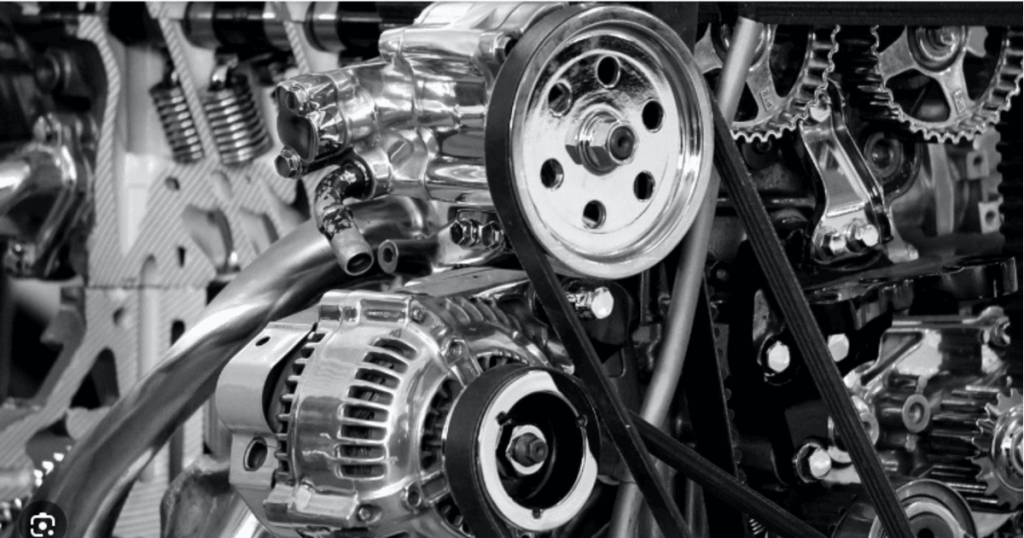
- Shared Mobility: Services like ride-hailing (e.g., Uber, Lyft) and car-sharing (e.g., Zipcar) will continue to grow. These platforms will integrate with autonomous vehicles, making mobility more flexible and less dependent on individual car ownership.
- On-Demand Solutions: In the future, you could summon a fully autonomous electric vehicle tailored to your specific needs, whether it’s a compact city car, a larger vehicle for family travel, or a self-driving van for deliveries.
8. Augmented Reality (AR) and Holographic Displays
In-car displays will evolve into immersive experiences through the use of augmented reality (AR):
- AR Dashboards: Instead of just digital displays, AR could project relevant information directly onto the windshield, such as navigation routes, hazard alerts, and vehicle status.
- Holographic Interfaces: Imagine controlling your car’s functions with gestures or even through a fully integrated holographic interface. These kinds of interfaces could change how we interact with vehicles.
Conclusion
The cars of tomorrow promise to be more than just modes of transportation; they will become mobile smart devices, integrated into an ecosystem that offers a seamless blend of convenience, safety, sustainability, and innovation. From fully autonomous vehicles to electric powertrains, advanced materials, and connected features, the next generation of cars will change the way we live, work, and travel.
These innovations aren’t just about making driving more enjoyable; they also have the potential to reshape society’s relationship with cars and the environment, pushing toward a future of cleaner, smarter, and safer mobility. While we may not see all these advances implemented immediately, they are already on the horizon, bringing us one step closer to the cars of tomorrow.
